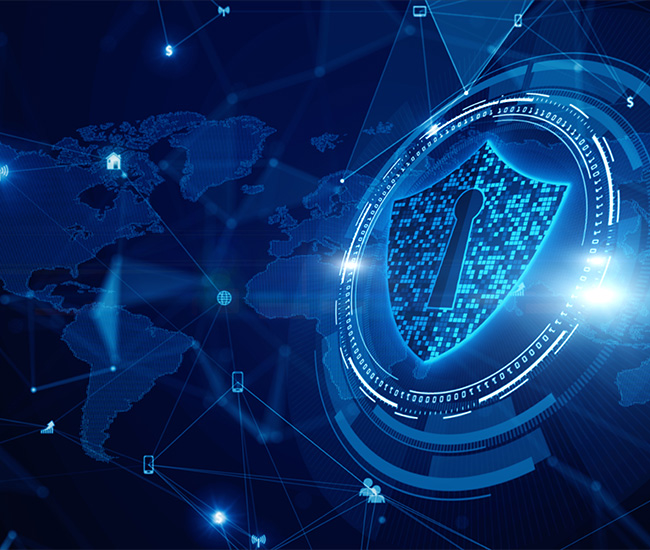




By implementing these measures, individuals and organizations can mitigate the risks associated with remote work and safeguard their valuable information.
1- Secure Network Connectivity: Establish a secure Virtual Private Network (VPN) connection to encrypt data transmission between remote devices and the organization’s network. VPNs provide a secure tunnel, protecting data from interception by unauthorized individuals.
2- Multi-Factor Authentication (MFA): Enable MFA for all remote access accounts. MFA adds an additional layer of security by requiring users to provide multiple forms of authentication, such as a password and a unique verification code, to access sensitive data and applications.
3- Secure Communication Channels: Utilize encrypted communication channels, such as secure messaging applications or virtual meeting platforms with end-to-end encryption. Encrypting communications ensures that sensitive information remains private and inaccessible to unauthorized parties.
4- Secure Password Practices: Implement strong password policies, including the use of complex passwords and regular password changes. Encourage employees to use password managers and avoid reusing passwords across multiple accounts to minimize the risk of unauthorized access.
5- Endpoint Security: Ensure that all remote devices have up-to-date antivirus software and firewalls installed. Regularly update operating systems and applications to address security vulnerabilities and protect against malware and other threats.
6- Data Backup and Recovery: Implement regular data backup procedures to protect against data loss or ransomware attacks. Use cloud-based backup solutions or external storage devices to securely store critical data, ensuring business continuity in the event of data loss.
7- Employee Training and Awareness: Provide comprehensive cybersecurity training to employees, educating them about best practices for remote work security. Cover topics such as identifying phishing emails, secure browsing habits, and the importance of data protection.
8-Secure File Sharing: Utilize secure file-sharing platforms with robust access controls and encryption capabilities. Implement file permission settings to control who can access, modify, or share sensitive files, ensuring that data is shared securely.
9- Secure Remote Desktop Protocol (RDP): If using Remote Desktop Protocol for remote access, apply strong security measures such as enabling Network Level Authentication (NLA) and restricting access to authorized users only. Regularly update RDP software and monitor access logs for any suspicious activity.
10- Regular Security Audits: Conduct periodic security audits and vulnerability assessments to identify any weaknesses or potential risks in the remote work environment. Regular audits help ensure that security measures are up to date and aligned with industry best practices.
Conclusion:
With the increasing prevalence of remote work, prioritizing security measures is vital to protect sensitive data and maintain a secure work-from-home environment. By implementing these top 10 remote work security measures, individuals and organizations can significantly reduce the risks associated with remote work and ensure the confidentiality, integrity, and availability of their data.